Even though any reasonable person might shudder at the thought of eating another human being, cannibalism in the animal kingdom is more common than most might think, especially among sea creatures, reptiles and insects. Here’s a list of 12 species that can engage in such behavior.

Monkeys
Cannibalism in monkeys is usually associated with infanticide (the killing of infants). In 2019, researchers in Panama observed a group of white-faced capuchin monkeys (Cebus imitator) cannibalizing a newborn in the Santa Rosa National Park in Costa Rica after the 10-day-old monkey fell from a tree. The experts suspected that an adult male pushed or attacked the infant, as is common practice adult males of many different species will kill unrelated offspring for the chance to sire their own.
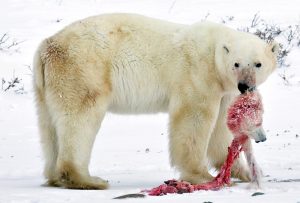
Polar Bears
Male polar bears (Ursus maritimus) mainly kill cubs, sub-adults or, rarely, adult females. However, according to a study , both male and female polar bears scavenge on the carcasses of their dead that have been killed and skinned by humans. According to the Guardian, cannibalism among the species is on the rise, possibly due to insufficient food, as melting sea ice driven by climate change and human activity force them away from their normal hunting grounds.
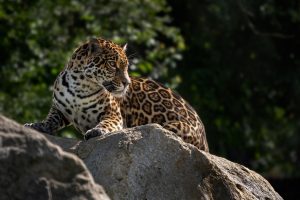
Jaguars
Researchers documented the first case of cannibalism among adult jaguars (Panthera onca) in 2010 in The Southwestern Naturalist, where two male jaguars appeared to have killed and partially eaten a female. The researchers believed that the violent encounter likely stemmed from the social stress of unfamiliar jaguars meeting in the forest. Infanticide can also occur among the species, but it’s rare.
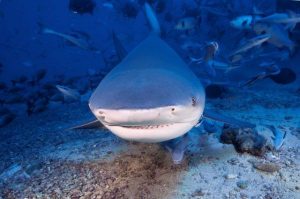
Sand Tiger Sharks
Researchers have discovered that sand tiger sharks (Carcharias taurus) cannibalize each other before they’ve even left the womb, with pups attacking and eating their womb mates as they develop, allowing only the biggest and strongest to survive. This behavior most likely stems from competition to ensure paternity, scientists say as adult females can mate with multiple males, and the cannibalization might be between the embryos of different fathers.
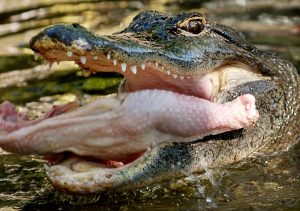
Alligators
Cannibalism among alligators (Alligator mississippiensis) is something that has been occurring for millions of years, says assistant professor of biology at the University of North Florida Adam Rosennblatt. A cannibalistic act was also been captured on video in 2022 where a large alligator surfaces with a smaller alligator in its jaws in Florida.
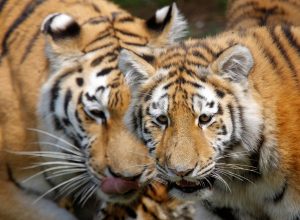
Tigers
Researchers have found evidence of adult tigers (Panthera tigris) consuming cubs and other adults. One such case occurred at Kanha National Park in India in 2019, where a tiger killed and fed on an adult female tiger and later two sub-adults the Times of India reported. The behavior shocked the wildlife officials as there was plenty of prey available in the area.
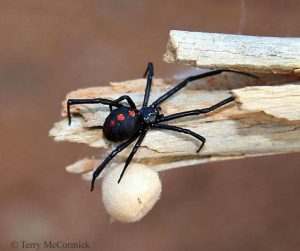
Spiders
There are different forms of cannibalism among spiders. Female spiders like the black widow often devour males after mating, known as sexual cannibalism. Some male species like the orb-weaving spiders (Philoponella prominens) have developed special adaptations to escape, by catapulting themselves off females immediately after doing the deed. Male desert spiders (Stegodyphus lineatus) can also engage in cannibalism by infanticide – eating a female’s egg sac before her offspring can hatch. Finally, if the offspring do manage to hatch they engage in matriphagy— they eat their mother.
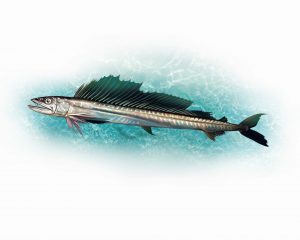
Lancetfish
Longnose lancetfish (Alepisaurus ferox) are peculiar deep-sea cannibals that grow up to 2.1 meters long in tropical and subtropical oceans, often dwelling around 200 to 1,000 meters beneath the surface. Smaller lancetfish often show up in the stomachs of larger lancetfish, suggesting the creatures commonly eat each other, so much so, that researchers describe it as a Russian doll of predation, with lancetfish in the stomachs of lancetfish in the stomachs of other lancetfish…
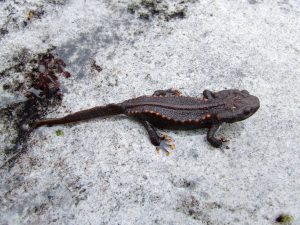
Hellbender Salamanders
Male hellbender salamanders (Cryptobranchus alleganiensis) cannibalize around 14% of their offspring, mainly those with a low chance of survival. However, researchers have argued that deforestation is changing the water chemistry in their habitats and depleting their food supply, causing them to eat more of their own.
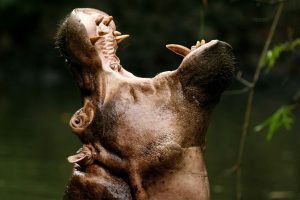
Hippos
Until 1990s researchers thought that hippos (Hippopotamus amphibius) were strictly herbivores, when people started documenting them scavenging carcasses for meat of fellow hippos. Scientists believe that such behavior may have exacerbated an anthrax outbreak in Uganda in 2004 among a hippo population as they could have spread the disease by scavenging on the carcasses of infected hippos.
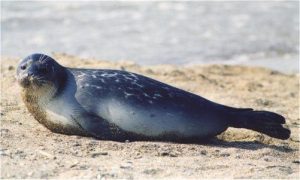
Seals
A study published in the Journal of Sea Research in 2019 described a sub-adult male gray seal (Halichoerus grypus) killing a juvenile and feeding on its energy-rich blubber. According to the scientists, 28 grams of seal blubber has the same amount of calories as 100 grams of herring fish – their usual meal — while 12 grams of blubber is the equivalent to 100 grams of cod, suggesting that cannibalism might be good for their caloric intake.

Humans
Humans have engaged in such behavior throughout history. There is evidence that Neanderthals and other extinct human relatives turned to cannibalism at one time or another. In more recent times, humans have turned to cannibalism from eating enemies to reflect aggression and consuming loved ones to honor their passing, to those succumbing to eating one another to survive, during times of famine, or while stranded on expeditions. Nevertheless, cannibalism is considered the ultimate taboo among our species.


